When I was offered the chance to try the brand new Polaroid Now, I was no longer in the skin. I thought: Wow, when I was of age to take pictures, the only thing I was allowed was one of those disposable Kodak to take on a school trip. I had to wait for the digital and the free unlimited photographs that this technology grants, in order to finally be able to give vent to what has become a great passion. I have always seen the Polaroid as one of those museum pieces, to be contemplated from a distance and with a certain reverence: after all, it made history. So trying one was a bit like having the opportunity to travel through time and experience the thrill of taking a photograph which, in the case of the Polaroid Now, is ready to be touched after just fifteen minutes.
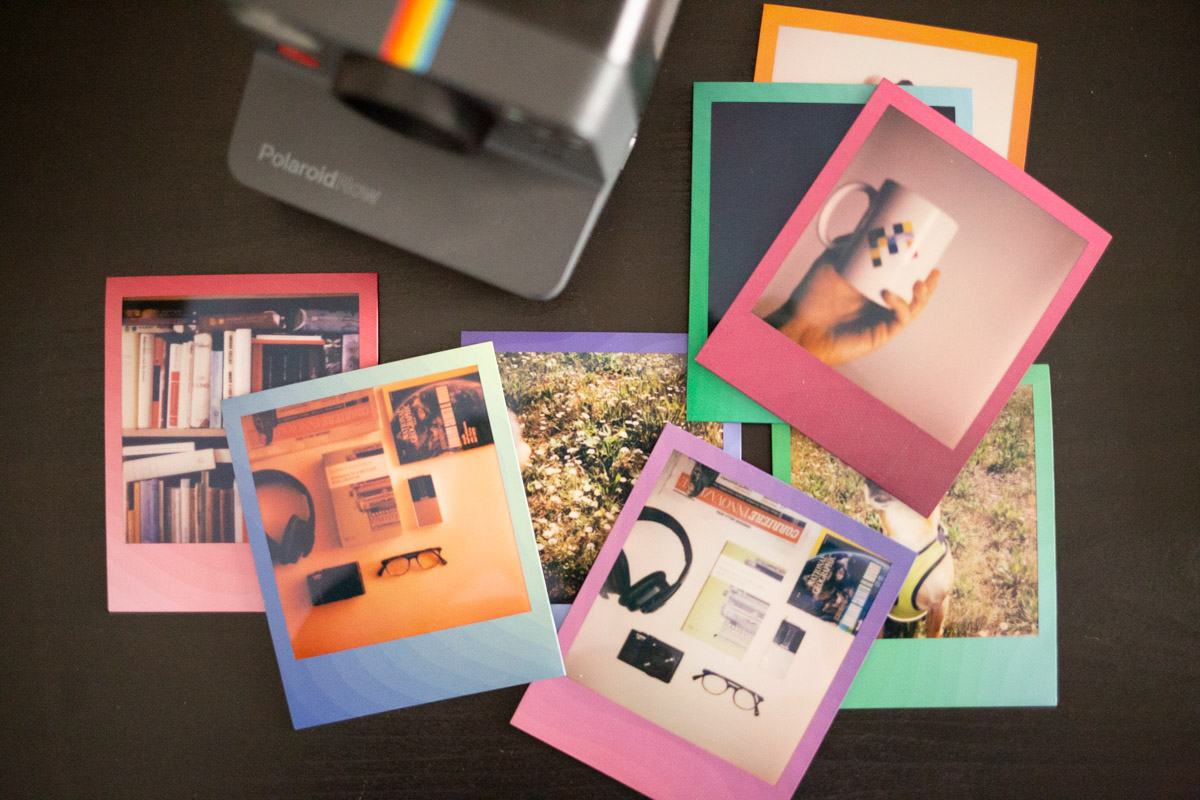
In short, the composition of the image is created by looking at the scene from the strictly optical viewfinder; when you are ready you press the red button, take out the photograph just out of the oven, taking care to put it in a pretty dark pocket, and wait for the automatic development of the image. No queues from the photographer, no waiting to print it as soon as you return home, no external accessories to connect via Bluetooth to your smartphone, print photos on the go. We do everything from here, but after consuming two packs of photos at our disposal we asked ourselves: was it worth it?
What a big body you have: is it to shoot better?
There is no denying that Polaroid Now is a great little beast. Maybe too much, since tapping it here and there, there seems to be a lot of empty space inside. In fact, it doesn't look that different from the original whose design it replicates. But that's the point. You're not at all combining the beauty of the snapshot with the miniaturization of the latest technologies: for something like this, better a Polaroid Snap or a Bluetooth printer like the Polaroid Zip. Polaroid Now is a real imitation of the unique and original Polaroid of the good old days, starting from the shape and dimensions: whoever chooses it, should do it for this reason.
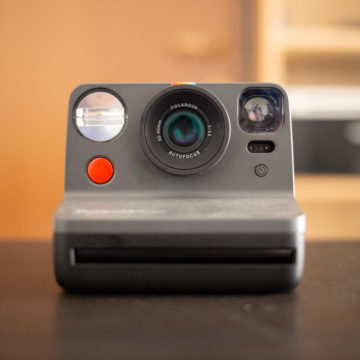
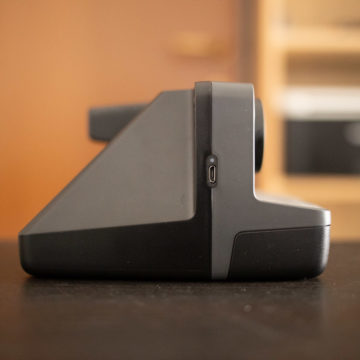
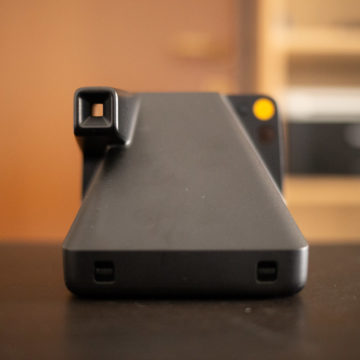
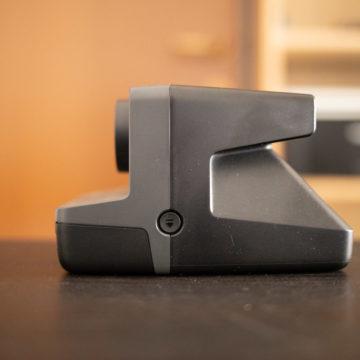
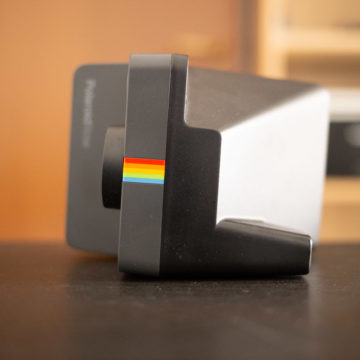
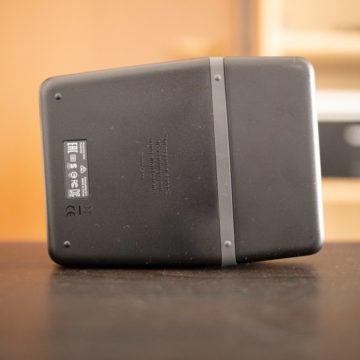
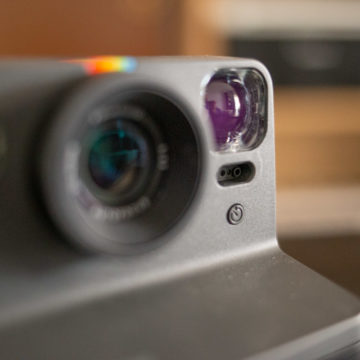
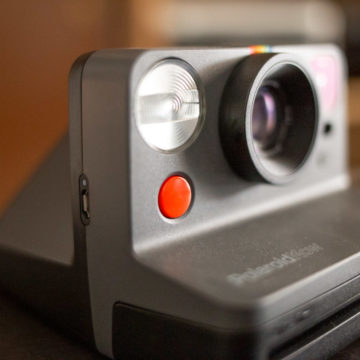
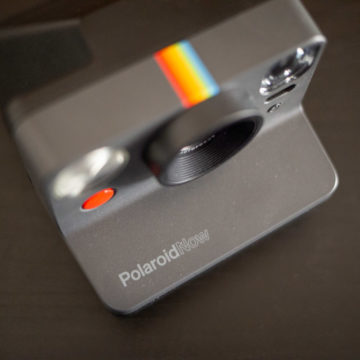
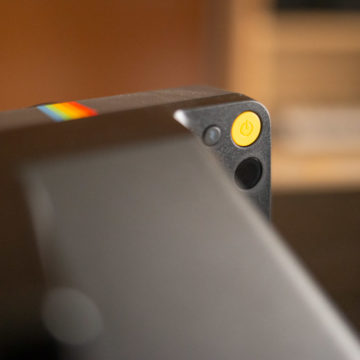
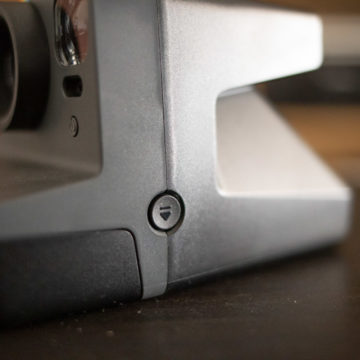
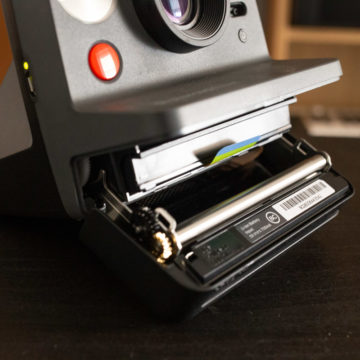
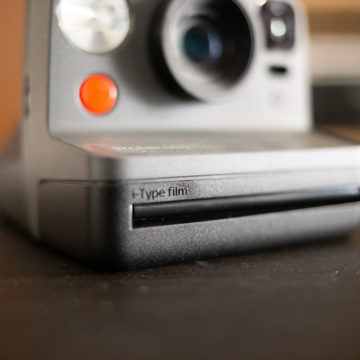
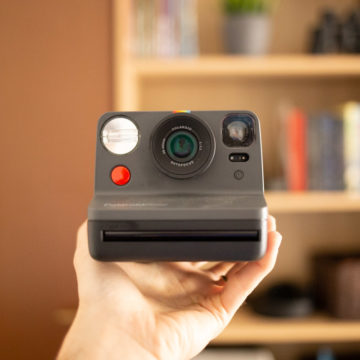
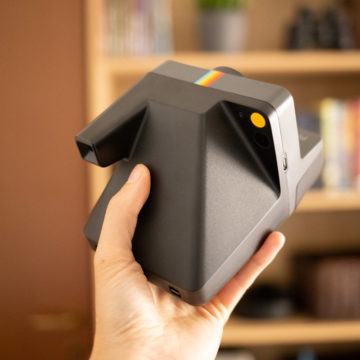
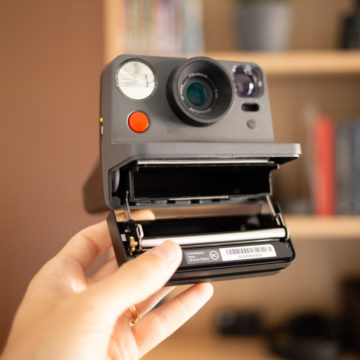
Why accept the dimensions is a fundamental part of its user experience. It doesn't fit in your pocket, and even in your backpack it can be a problem. You necessarily need a case (perhaps like this one, just to maintain uniformity in style) otherwise you risk scratching the lens, or it must be kept constantly hanging around the neck. And here, if you use the supplied accessories, there is another compromise to accept.
The quality of the shoulder strap is really poor: it is an anonymous nylon braided lace for a few euros rather resistant to tension, but it is too thin, the fabric is rigid and with the considerable weight of the camera that insists on the neck, trust me, there is no 'is to be happy. A soft fabric reinforcement on the support point would have been enough, even better if a shoulder strap with a wider band had been included with a surcharge of five or ten euros, perhaps even with the company logo in plain sight, just to give continuity to the iconic camera style.
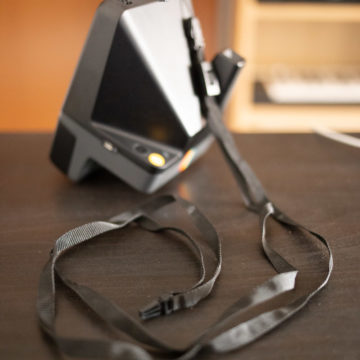
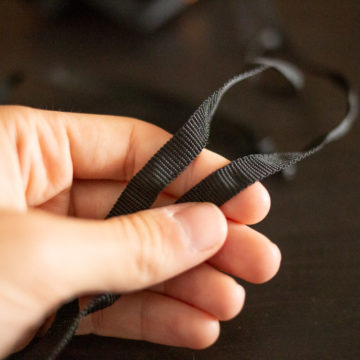
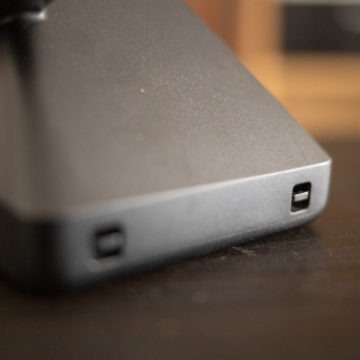
The handle is another component of this camera that needs commenting. Because unless you are skilled finger contortionists, you don't use one hand. It must be supported with the palm of the hand because with the other you have to press the shutter button. Not so much for the weight as for the way to hold it safely by one hand. It is natural to put a few fingers in front but then the slit from which the film comes out is occluded, so we don't talk about it. The risk of jamming something is too great. Trying to play with it a bit, some one-handed possibilities come up, but there is always something wrong: maybe it leans too much on one side, or the flash is partially obscured.
Do not turn off the flash!
We take advantage of the fact that we have nominated him to tell you about our tragic experience with this unfortunately fundamental component of Polaroid Now. By default, it is active when you turn it on and reactivates after each shot even if you deactivate it. There is no possibility to reverse the operation, that is to have it always turned off and to turn it on only when necessary. And that's good. The first shots we took at home, in fact, went “burned”. Completely black film. With Polaroid Now you have to completely forget the approach to digital photography, the one that with a click makes us correct the exposure without damaging the image too much.
If the room is not brightly lit, there is a real risk of wasting precious shots and this is the reason why the company has most likely decided to always leave it active. So we must also live with the fact that many of the photos we are going to take will be irremediably “polluted” by the front light that flattens shadows and faces . Either so, or the photo taken out of the oven will be thrown away.
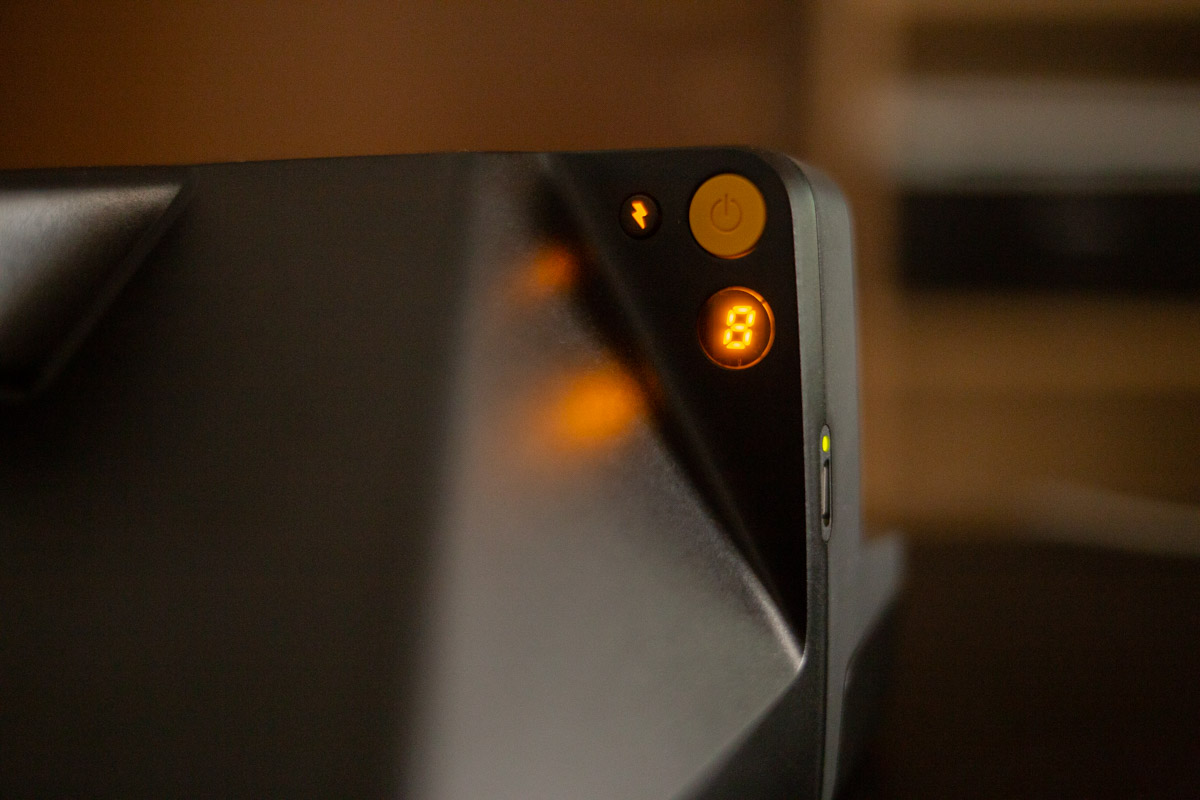
The nostalgia of the films of the past
You probably already have in mind the gesture of shaking the freshly baked film in the air: you have seen it done in a film or, if you are the right age, maybe you did it yourself several decades ago with the old Polaroid. Ok, forget it. Not only is this a false myth denied by Polaroid itself (Waving the film causes a mixing of the colors contained in the small tanks present on each pose, which are “exploded” after the shot) but if you do it you will find yourself in your hand with a click completely black, because the film has absorbed the light which it must absolutely avoid for the first fifteen minutes of life.
When taking a photograph, the film almost completely comes out of the opening and thanks to a thin roll-up film (which should not be torn, because it is part of the camera itself, I recommend!), It remains covered and in place until it is taken. in hands. If you decide to take it out of there… zac! It should be put immediately in a nice dark coat pocket, between the pages of a diary or face down on a table, if there is one nearby. Better in a box, perhaps tailored to the films if you can find it, if you plan to take more photos immediately.
It is a pity that this is the only option currently available. Because with the bankruptcy of the company, the “magic” recipe of the films of the past has also been lost, those that you just need to shake in the air for a few minutes. Now instead you have to live with the nightmare of the dark environment in which the photograph must be placed for fifteen minutes, an infinite wait if the subject to be photographed is elusive: will it come out well?
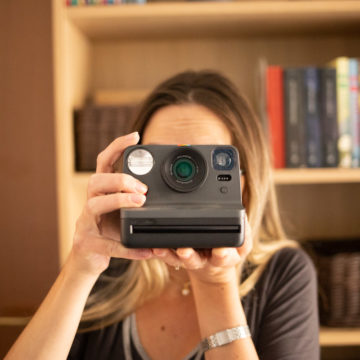
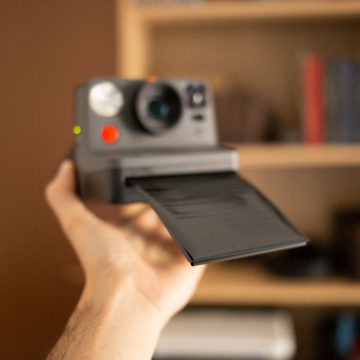
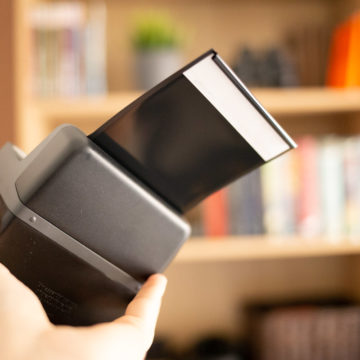
Turtle mode
Doubt is legitimate not only for the previously described flash problems. The question now is time. Not the shutter release, which cannot be adjusted because it is in all respects an automatic camera. But the time to manage from when you press the shutter button to the release of the film. The advice is only one: be turtles. Slow, very slow, even better if immobile. If you are photographing an object that you hold in your hand (as in the example of the cup or the flower that you find among the test shots) keep it still all the time. It is not enough to hear the clack to remove everything, because it is a matter of milliseconds and the representation of the subject, even the most inanimate one, will be an inevitable blur or at best it will be decentralized.
The Whim of the Viewfinder
Off-center: yes, this could be the right word to define the frame, another point to keep in mind when shooting with the Polaroid Now. Because what you are framing with the viewfinder is not what the photograph will represent. Let's make the concept clearer with an example. Imagine you are faced with an all-red, square-shaped poster, fixed to a completely white wall. You frame it with the camera viewfinder by getting close to the right distance, so that the frames adhere well along all four sides, that is, making the wall that surrounds it completely disappear from view. Take scrupulously respecting all the indications we have told you so far, then flash on, turtle mode and film in the dark for 15 minutes.
In the photograph you get, the poster will have a decent wall frame around it and will be off-center: instead of in the center it will be a little higher. In short, this means that compared to what you see in the viewfinder it must be considered that some surrounding environment will also be photographed, in a larger portion on the lower part of the frame.
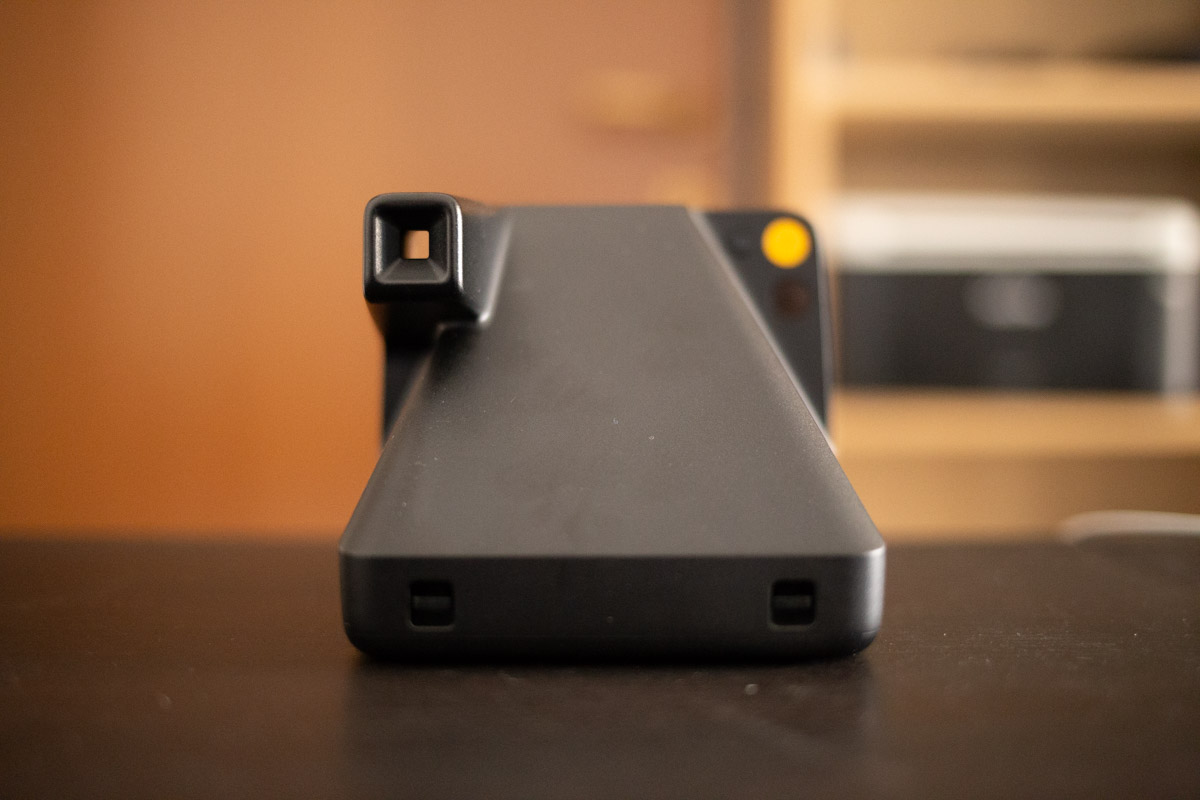
Savings instructions
Okay, you say, but a lot is all explained in the instruction manual. No way. In this regard, the only thing you can read is a color sheet, printed on both sides, with a few indications accompanied by a representative image for each, strictly in English (and a few other languages: Italian is not contemplated. Or rather, not here: keep reading). On the one hand, we are told how to turn it on, how to load the films and then how to prepare the camera for the first use, how to control the flash and how to manage the photo immediately after shooting. On the other hand, the films compatible with the camera and the list of the various parts that make up are simply listed. Let's take it back in hand now, just to name a few: shutter button, lens, flash, viewfinder, self-timer and double exposure … A light bulb has just turned on.
We are discovering right now that the self-timer button, which we used for some tests, can also be used as a double exposure button, a function just mentioned in the accompanying sheet of the camera and with an asterisk that refers to a very small written at the bottom, where you read “Discover more features by downloading the complete manual on polaroid.com/now-manual “, also available in our language.
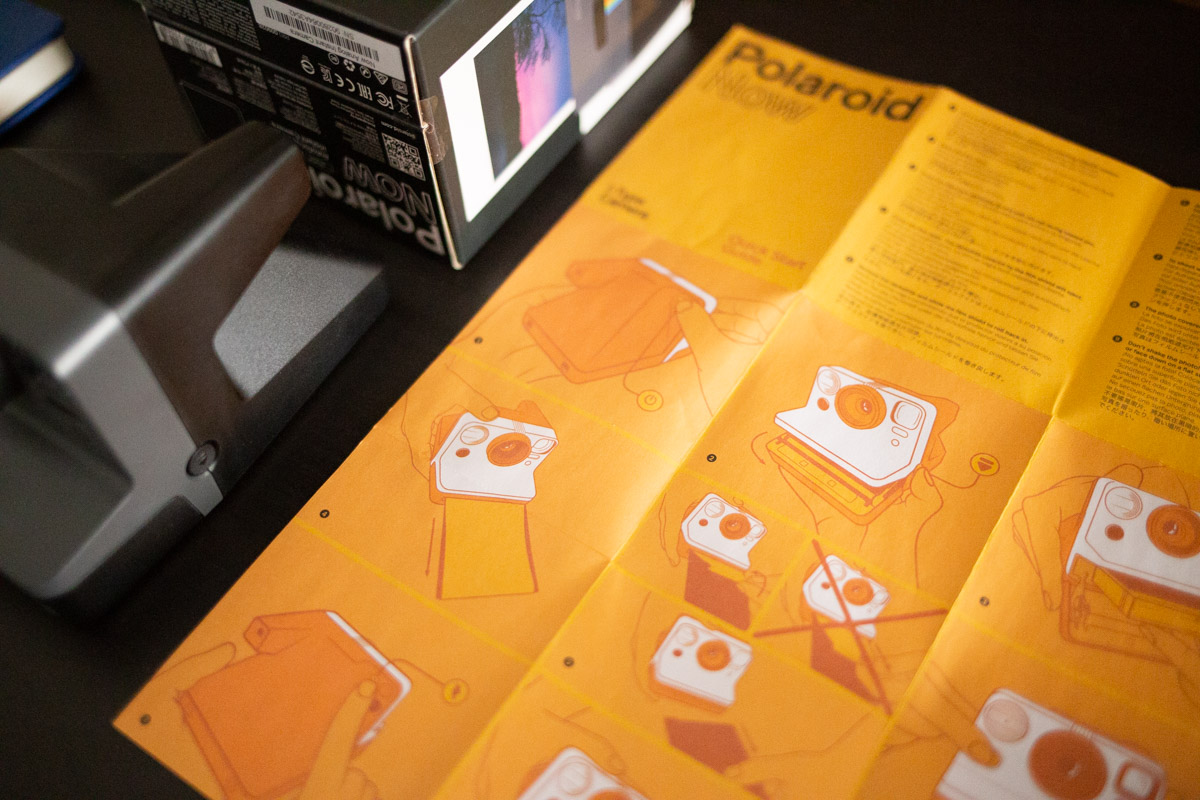
Just download it to find out for example that «Framing: Keep in mind that the photo will never exactly reflect what you see through the viewfinder. For subjects closer than 1.2 m it is necessary to adjust the frame slightly up and to the left “and above all that” Double exposure: Express yourself in different and original ways with the double exposure function, which allows you to combine two images in one photo. Press the self-timer button twice to activate double exposure mode. The display will flash '1' until the first shot, then '2' until the second shot “.
Okay, our mistake, we should have sifted through the leaflet under the magnifying glass and we would certainly have had more fun. But why not insert it in paper form, since there are only eleven pages? (in reality, once the cover and a few other generic pages have been removed, there are only five useful ones).
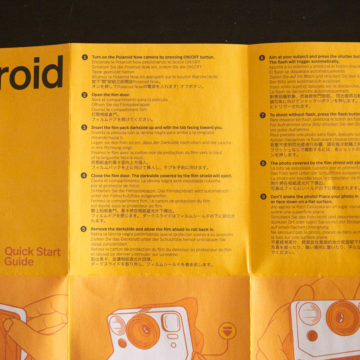
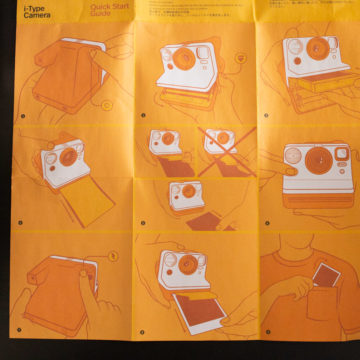
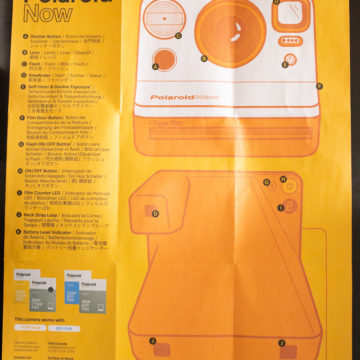
Ecology-don't-know-what- is
There is an aspect on which particular attention must be paid, especially in 2020, exactly fifty years after the establishment of Earth Day, which celebrates the environment and the protection of planet Earth. We live in the middle of a period that has been called the Anthropocene due to the massive human influence on everything around us, and Polaroid Now does nothing to improve the situation. There are two aspects that, in this perspective, should necessarily be reviewed.
One: the battery . It is rechargeable and we are all happy with it. But when it loses its effectiveness, there is no way to replace it, at least not without the intervention of an expert, because there are no flaps or screws of any kind. Wouldn't it have been better to keep the recharging system while using rechargeable and easily replaceable AA batteries?
Two: the films . Removed from the envelope, we find ourselves in a plastic drawer to be inserted in the appropriate housing. Once the door of the Polaroid Now is closed, the camera automatically returns a protective card that releases the first film to be immediately ready to shoot. The cardboard can also be thrown into the paper basket. Once the shots are finished, the entire drawer must be replaced with a new one loaded with blank films.
The drawer? Irremediably in the undifferentiated. Because unless you want to dabble in tearing apart with wire cutters and hammers, you can't separate the plastic frame from the metal film ejection system and the paper card on the bottom that protects the back of the last shot. Not only is it indifferent but also a waste of useless components. Was it really not possible to foresee the use of a reusable tray on which to simply load the films? Come on, Polaroid!
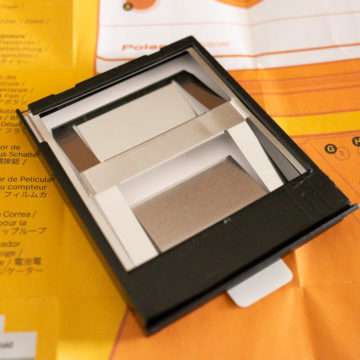
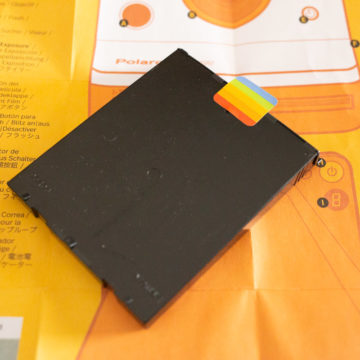
Last compromise, I swear
Finally, there is one last thing to take into account. The cost of the films. Assuming and granted that you are more skilled than this reporter at shooting with an instant camera and never waste a single film, know that you are paying at least two euros for a photo that is 8.8 cm wide and 10.8 cm high and the which printed area is equal to 7.9 x 7.9 cm. A cost, that of the kit of 8 photos sold on the official store at a price of 16.99 euros, which in the end is justified only by the immediacy of the shot ready in fifteen minutes.
Because as far as the quality of the shots is concerned, the resolution is more than low, the details don't even talk about it. The colors, yes, the simulation with the vintage style is all there. Even the photo of an anachronistic iPhone 4, printed in 10 × 15 for 20 cents, far surpasses even the best shot of the Polaroid Now. Just have the patience to have the photos taken with your smartphone developed in a specialized center. Also because today replicating the square effect with a white frame and retro filter attached is a question of the app and nothing else.

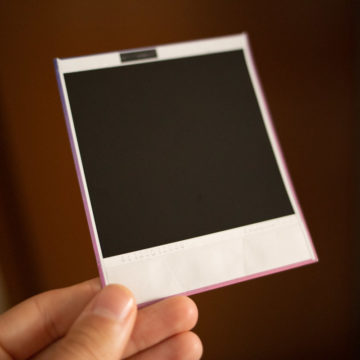


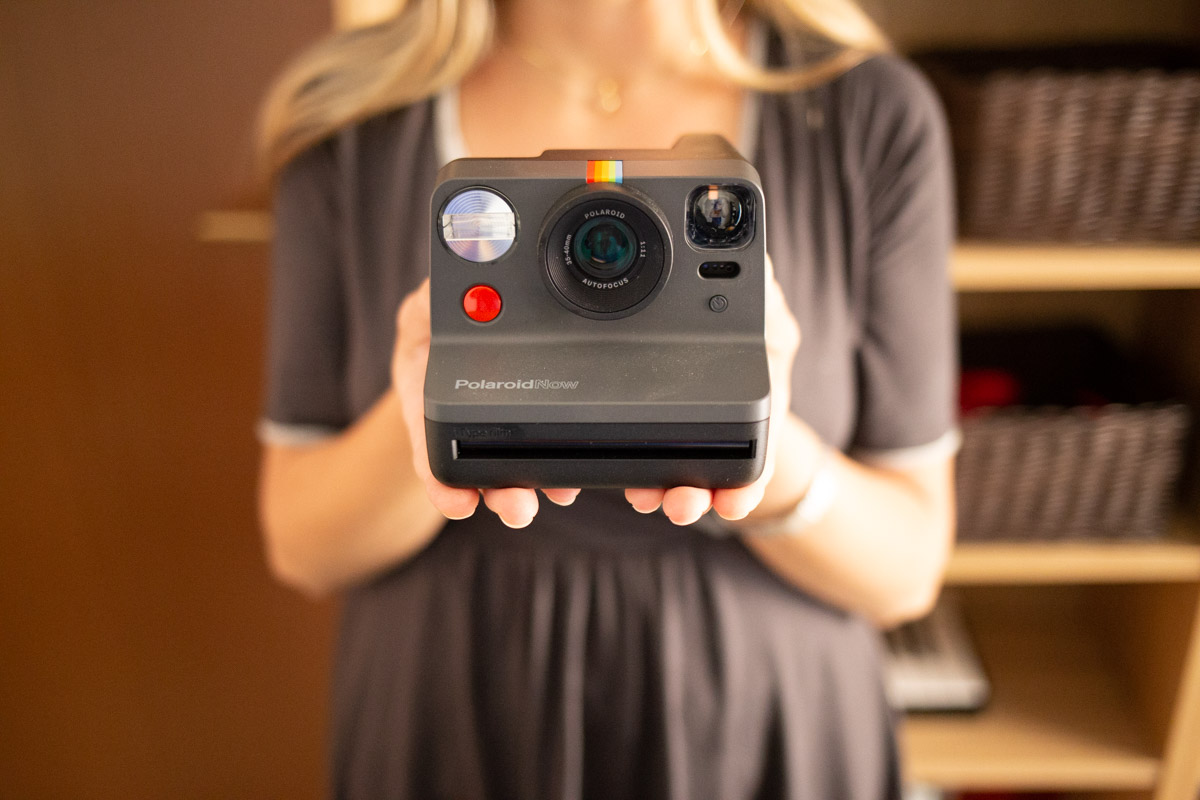
Conclusions
What then can be the underlying reason that should push the purchase of Polaroid Now? To answer the initial question, that is, if it is worth it, we need to put on the scales the analogue approach to photography and the unparalleled taste of having on paper – a very good photographic paper, moreover – the scene seen fifteen minutes earlier through the viewfinder. With Polaroid Now instead of Snap or Zip, you can also add the charm of the design of a timeless object. Its secret is all here.

Pro The charm of the original Polaroid, the photo ready immediately and the analogue approach to photography
Cons The inaccurate viewfinder, the quality of the shoulder strap and of the shots, the clutter, the management of the films in the dark, the uncomfortable grip, the not very ecological aspect, the considerable cost of the films
Price to the public
While the cost of compatible films – the Polaroid 600 or the Polaroid i-Type – varies between 16 and 20 euros depending on the version and the effect chosen, the cost of the Polaroid Now, available in different colors, is 129.99 EUR. You can also find it on Amazon.





